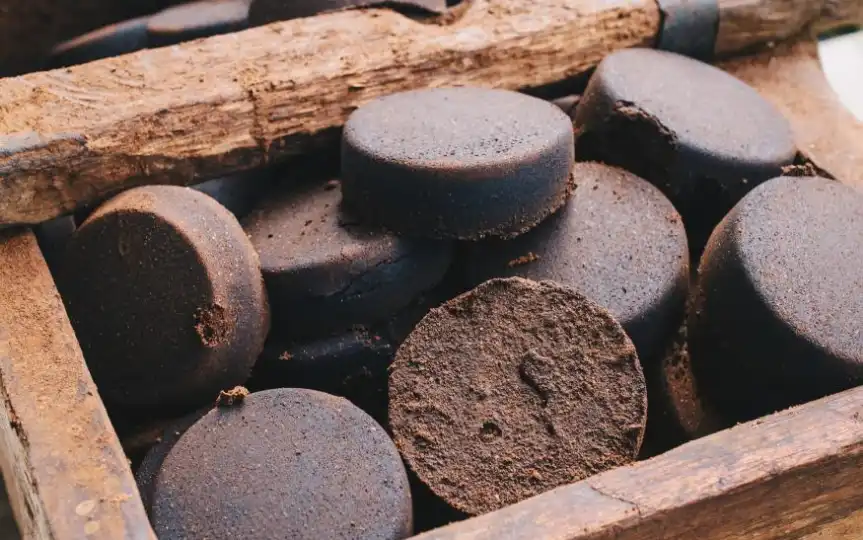Researchers Increase Strength of Concrete by Utilizing Used Coffee Grounds
Every year, humans produce approximately 4.4 billion tons of concrete, requiring around 8 billion tons of sand. This high demand for sand has caused shortages in the building industry. However, researchers from RMIT University in Australia have found a solution by using coffee grounds as a substitute for silica in the concrete production process. When used in the right proportions, coffee grounds create a stronger chemical bond than sand alone.
“The disposal of organic waste is an environmental challenge because it releases large amounts of greenhouse gases, including methane and carbon dioxide, which contribute to climate change,” lead study author Dr Rajeev Roychand of RMIT’s School of Engineering said recently. release. He points out that Australia alone produces 75 million kilograms of used coffee every year, most of which ends up in landfills.
Coffee grounds cannot simply be mixed raw with regular concrete because they do not bind to other materials due to their organic content, Dr. Roychand explained. To make the soil more compatible, the team experimented with pyrolyzing the materials at 350 and 500 degrees and then replacing them with sand at 5, 10, 15 and 20 percent by volume (volume percent) in standard concrete mixes.
The team found that 350 degrees is the perfect temperature to produce a “29.3 percent improvement in the compressive strength of composite concrete mixed with coffee biochar,” according to the team’s study, published in the Journal of Cleaner Production in September. “In addition to reducing emissions and making stronger concrete, we are reducing the impact of continuous extraction of natural resources such as sand,” Dr Roychand said.
“The concrete industry has the potential to significantly increase the recycling of organic waste such as used coffee,” added study co-author Shannon Kilmartin-Lynch, RMIT’s Vice-Chancellor’s Indigenous Postdoctoral Research Fellow. “Our research is in its early stages, but these exciting findings offer an innovative way to greatly reduce the amount of organic waste going to landfill,” where its decomposition would generate large amounts of methane, a greenhouse gas 21 times more potent than carbon. dioxide.




